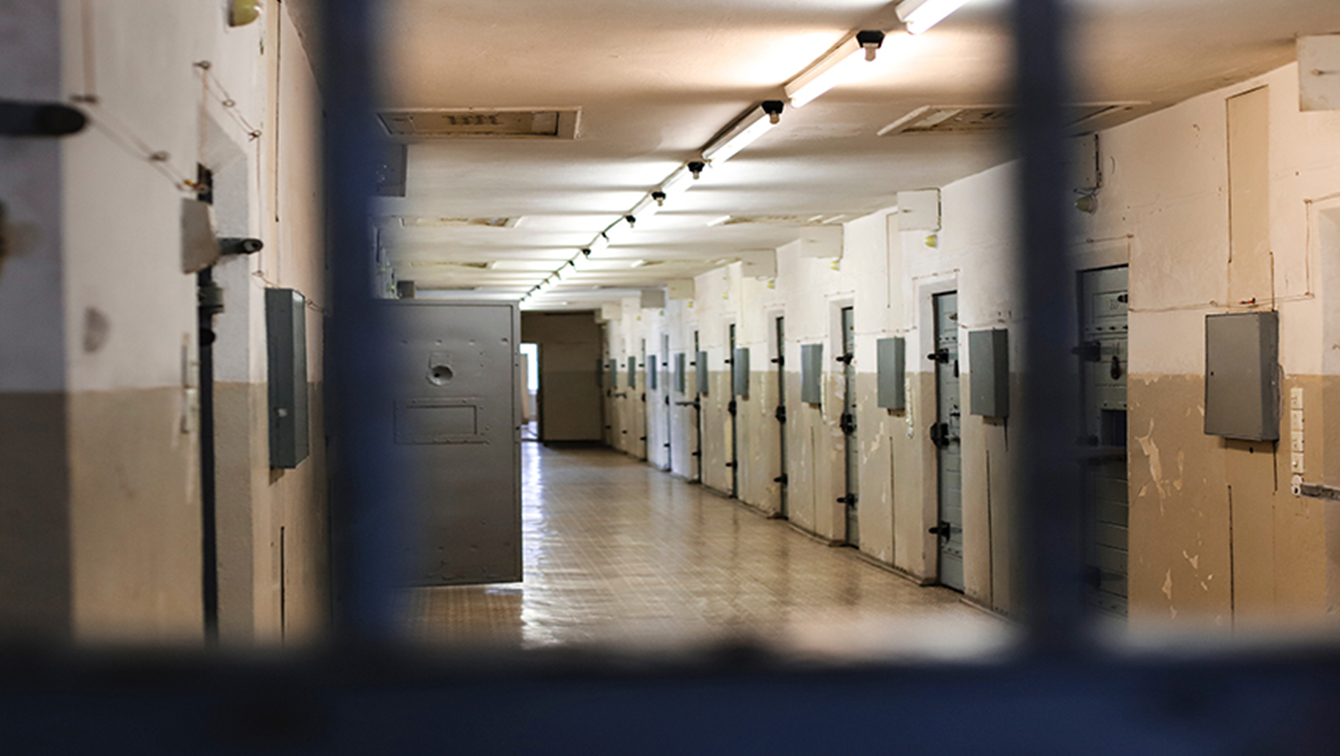Community Engagement Data Analysis Diversion June 22, 2021
The Safety and Justice Challenge (SJC) has been making considerable, steady progress in safely reducing jail populations over the last few years. But the recent COVID-19 pandemic put a lot of these initiatives into overdrive, creating historic, sudden drops in jail populations all over the country.
Recently, you may have been reading in the press that there is a “crime wave” going on, and that it is related to either the COVID-19 pandemic, related lockdowns, protests, defunding the police, or social unrest.
These articles contain a lot of misinformation about crime rates, whether they are increasing or not, and what is causing them to change.
First, it is important to note, there is no “crime wave”. Second, while there has been a short-term increase in homicides, those increases cannot be linked to drops in the jail populations.
It is incorrect to link de-incarceration efforts to short-term crime trends.
Too often in criminal justice reform, people have a pre-determined narrative in their heads. It is easy for some people to push a “lock-‘em-up” agenda because it stokes fear, sells headlines, and baits clicks. These narratives often rely on cherry-picked data to fit their needs.
But the SJC has always been a data-driven initiative. It is important to always let the data speak first, investigate causation, and then, and only then, develop policy. A recent JFA Institute report, based on data from 11 SJC cities and counties, draws some key conclusions regarding recent jail population and crime trends. Amongst our conclusions is that crime as reported to police in general and violent crime in particular are not up across those jurisdictions.
It is wrong, therefore, to say “violent crime is spiking”.
“Violent crime” as categorized by the FBI under the UCR system (Uniform Crime Report) is made up of four crime types: homicide, rape, robbery, and aggravated assault. In our report on 11 cities and counties, there was a short-term increase in homicides reported, representing a 45% increase from 2019 to 2020. This on the surface seems dramatic, but it is important to put this finding in context. Homicide is the rarest of all crimes and represents a small portion of the totality of violent crime. Homicides represent an even smaller portion of total crime, making up only .05% of the total crimes reported in December 2020. Further, in terms of the context of historical crime rates, the number of crimes committed each year are way down over the long term:
Much more time is needed before any credible scientist would say there is a trend.
Perhaps more important, it’s clear that jail de-incarceration has no causal link to crime trends.
Among our key findings:
- Analysis of the eleven cities and counties studied revealed jail populations declined, yet crime and arrests declined as well, giving indication that declining jail populations did not compromise public safety.
- Overall, total reported crime was 22% lower in December 2020 when compared to December 2019 and 14% lower for the total number of reported crimes for Calendar Year (CY) 2020 versus CY 2019.
- When combining all jurisdictions. there was an average 39% decrease in jail bookings, which equates to over 130,000 fewer jail bookings in a one-year time frame. Jail booking decreases were fueled by the decrease in property crime and arrests, primarily for misdemeanor and lower-level felony charges.
- As a result of the change in jail bookings, the composition of the jail populations changed post-COVID-19, with a higher proportion being male and charged with violent felony and non-drug felony crimes.
- The length of stay for people in jail has increased due to the changing make-up of the jail populations and a slowdown in court case processing.
- After the historic initial decrease, jail populations rebounded somewhat, but stabilized in October 2020. During this time, there was no substantial increase in overall crime.
The report expands on our preliminary report issued in December 2020, which focused on the Impact of COVID-19 on crime.
COVID-19 created the most dramatic decrease in jail populations, over the shortest amount of time in modern history. The pandemic gave us an opportunity to rethink old practices and consider changes for the longer term.
The data we produced should be used to start a conversation on how and why some specific crime types did increase in the time frame studied. And we should consider how to combat that, smartly. Answers include improving community relationships and cohesion, better community policing, and violence de-escalation initiatives.
At this time, we must resist short-term narratives that do not match the data. It critically important now and should be a lesson learned we can apply to the future sustainability of criminal justice reforms, both within the Safety and Justice Challenge and elsewhere.





